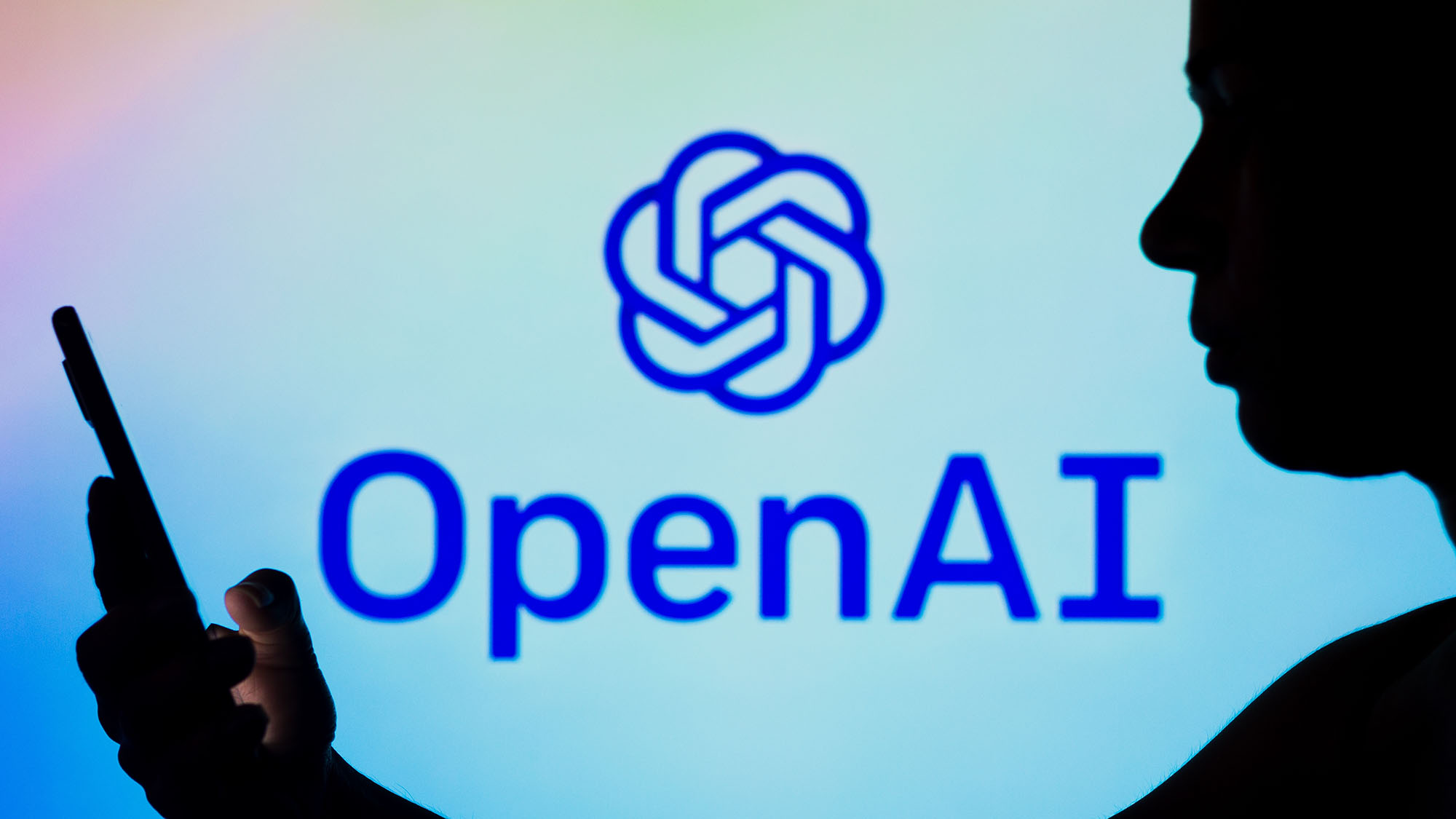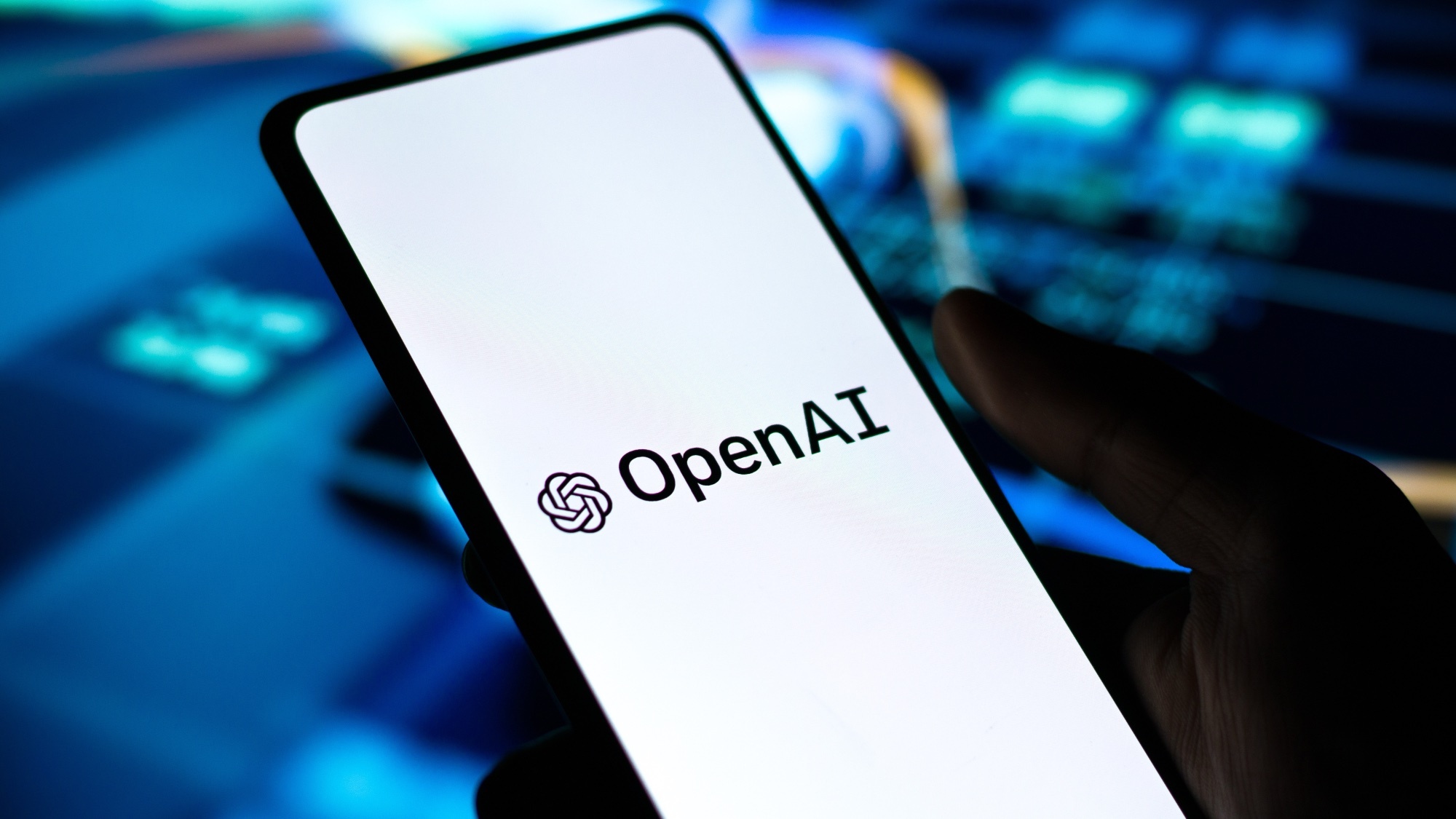OpenAI’s new AI models can now brainstorm scientific breakthroughs — here's how
It doesn’t just help scientists, it might replace them

OpenAI is gearing up to release its most advanced AI models yet. But these models aren’t for doing fun trends like turning users into action figures. In fact, they aren’t even just solving problems; they’re inventing new ones entirely.
Dubbed o3 and o4-mini, these models are set to debut in the coming weeks and could revolutionize how researchers and businesses approach innovation.
Early testers report that the AI can generate original research ideas in fields like nuclear fusion, drug discovery, and materials science; tasks usually reserved for PhD-level experts.
What are reasoning models — and why are they a game changer?

These new models mark OpenAI’s shift toward reasoning-based AI, but what does that mean? Simply put, unlike conventional systems that rely on existing data, reasoning models take time to analyze complex questions and return testable, well-structured answers.
This means they go beyond summarizing information or writing code. These new models can propose scientific hypotheses, spot gaps in research literature, and design experiments to validate ideas.
OpenAI first ventured into reasoning models last fall. The current o3-mini-high is already driving ChatGPT’s Deep Research feature for Pro users, scouring the web to generate tailored research reports.
No, this isn’t just ChatGPT for scientists

As users break the internet creating plushies of themselves, it’s essential to know that this isn’t just a different version of ChatGPT. The jump from drafting emails to brainstorming scientific concepts would be a massive one.
What sets o3 and o4-mini apart is their ability to cross-pollinate ideas from physics, biology, chemistry, and engineering — a feat even human teams struggle with.
Early adopters suggest many unconventional uses for the models, such as developing new methods for detecting pathogens in wastewater and creating precision-controlled plastic recycling experiments.
These models could help cut days off of study planning or produce blueprints faster than manual drafting, among other possibilities that significantly help scientists.
Sign up to get the BEST of Tom's Guide direct to your inbox.
Get instant access to breaking news, the hottest reviews, great deals and helpful tips.
What’s Next?
While OpenAI hasn’t announced an official release date, pricing is rumored to reach $20,000/month for enterprise use, making it clear this isn’t just an upgrade. Currently, a Pro subscription to ChatGPT is $200/month. This tool could be a robust offering for Fortune 500 labs, research institutions, and innovators.
Of course, AI won’t replace scientists overnight, but it’s inching closer to thinking like one. And with future integration into autonomous agents and robotics, the leap from idea to experiment could soon shrink even further, no doubt reshaping the future of discovery.
More from Tom's Guide
- These are the 5 Gemini features you're not using — but should be
- This is your brain on AI
- I've subscribed to every AI tool — only one was worth the money

You must confirm your public display name before commenting
Please logout and then login again, you will then be prompted to enter your display name.









